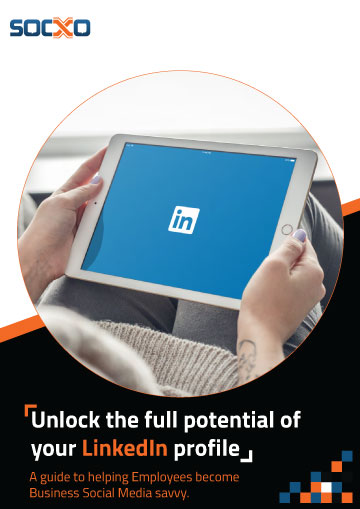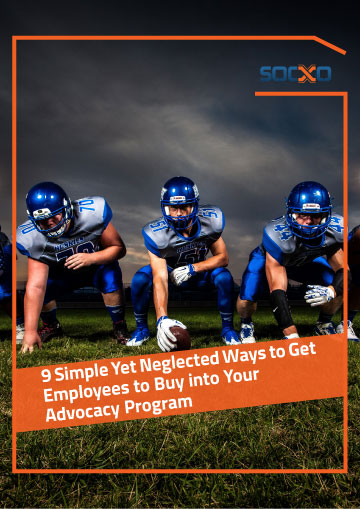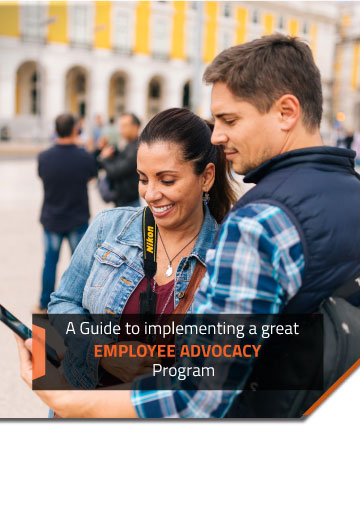
Are your employees your best brand advocates? If not, you need to read on.
Success of an Employee Advocacy initiative largely depends creating specific objectives. However, despite the best of intent the benefits do not kick-in. Here are some of the potential pitfalls to avoid:
1. Not Identifying the Right Content:
The core of any advocacy program is Content. Fresh and relevant content is always a winner. However, it’s easy to go overboard and overlook the crucial part of whether the content is engaging.
The best content strategy is a mix of:
- “Branded” such as press releases, case studies, product reviews.
- Employee generated, based on their brand experiences and viewpoints. This lends authenticity and credibility to the content.
- Feeds of relevant articles and posts from around the web. Again, the best practice here is to place the onus on the employees. Since people are more likely to share material that they wrote or discovered themselves.
The overriding concern when selecting a content piece are three fold.
a. Whether it would strike a chord with the target audience.
b. Would the recipient be able to relate to the content
and c. Will they would find it useful.
It is a good idea to have a content hub or social-media sharing tool. And, allow the employee advocacy champions to edit and manage the entire content mix.
2. Not Identifying the Right Channel:
Any Employee Advocacy program will have to take the trial and error route before it strikes the gold. Some channels click immediately, while some channels don’t. Mixed content sources tends to do well in Twitter. Fun content goes viral in Facebook. When creating the blueprint, it is important to identify the following important parameters:
- Target audience preferences for a channel.
- Channel most suited for the content being shared.
- Employee’s level of comfort with a channel.
- Frequency of posting by the employee, and his engagement with the channel.
3. Lack of Motivation:
Employees are the real drivers of the Employee Advocacy program. Keeping them motivated to engage and share approved content is the key.
You may invest in developing a top grade program. Lay down specific objectives and tasks. Identify the best of content and channels. However, unless the employee is motivated enough to push the right content at the right time, the initiative fails.
Automation and self-service works, but they are less effective than human intervention.The onus is on the management to communicate the importance of their participation. And how, doing so, results in a win-win situation for both, the brand and the employee.
However, don’t forget to have a set of rewards and incentives based on shares and likes!
4. Not Measuring Results:
Measuring the impact of the employee advocacy program would allow you to gauge the success, limiting factors and trouble spots, make appropriate interventions.
For instance, they could determine which type of content clicks, the best time to share content, and rank channels in terms of efficiency/reach.
While this is easier than it seems. It requires drawing up a list of pre-determined metrics upfront and tracking the same over time. These metrics could be popular measures such as number of times people share a piece of content, number of clicks generated from downstream networks, or registrations that a new content attracts.
To sum up
Employee advocacy is one of the most powerful business communication tools around, when it clicks. According to Nielsen, 84% of the people trust recommendations from people they know over any form of advertising, and the stakes are getting higher for companies to get their employee advocacy programs right.

















